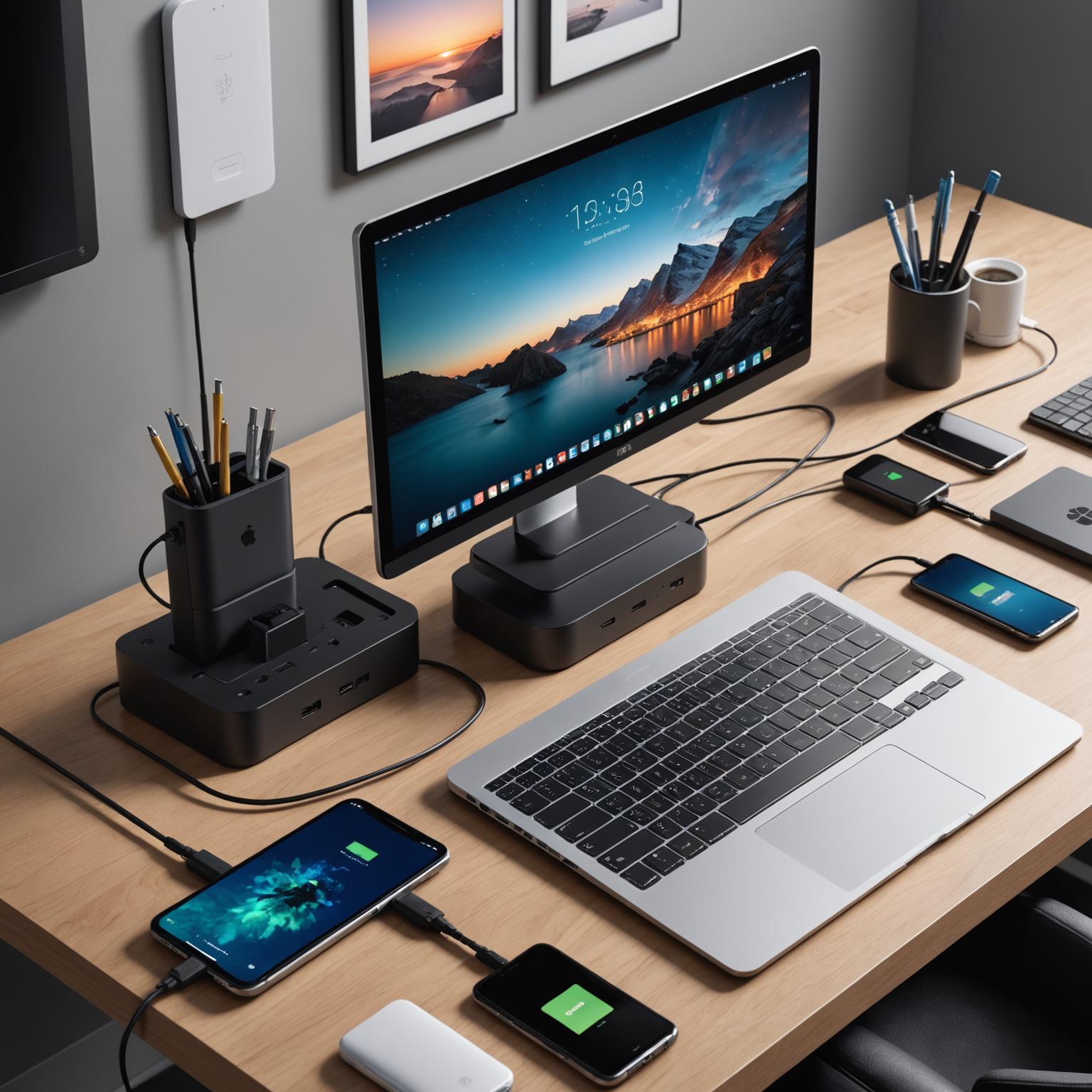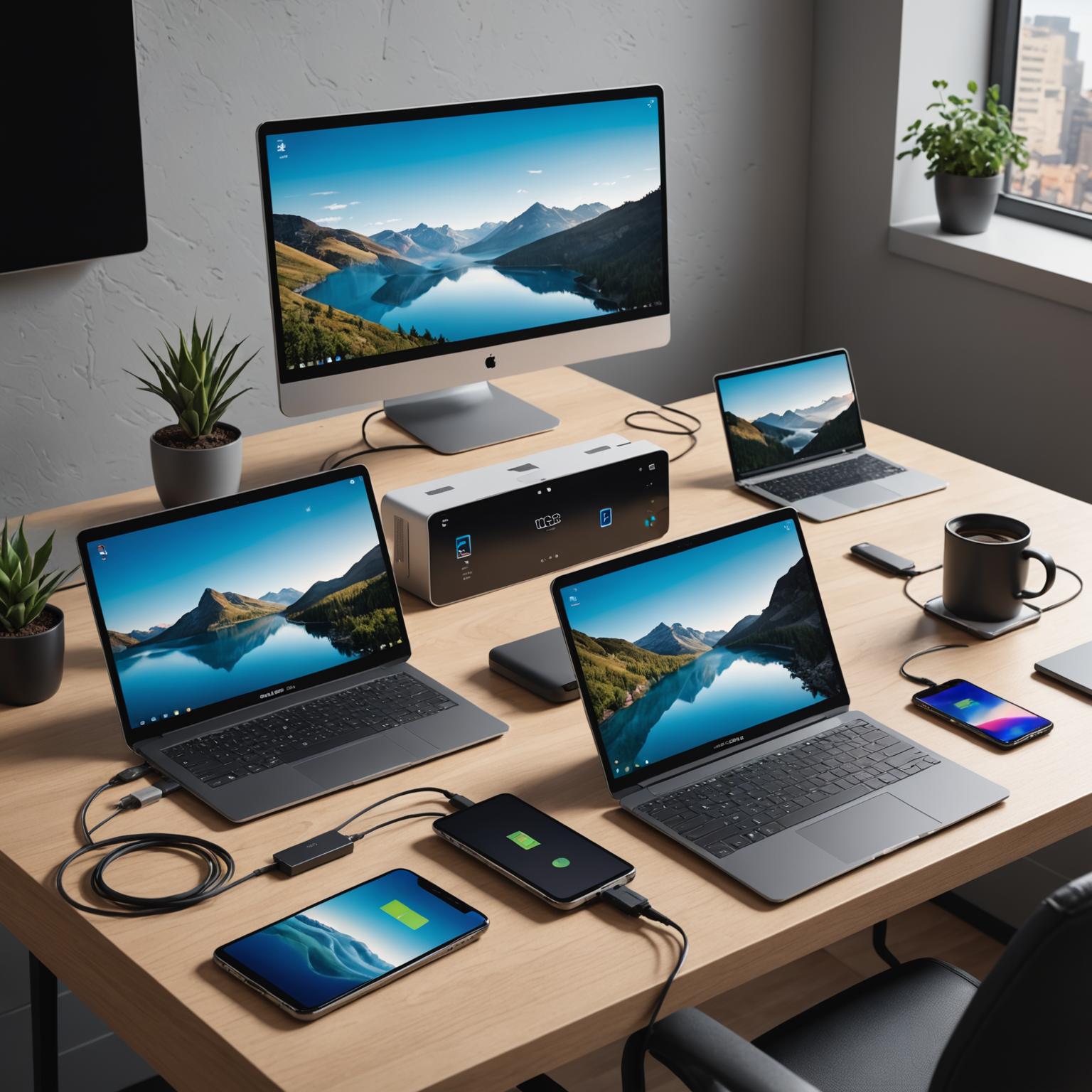The Evolution of Connectivity: USB-C vs. USB-A
This is our independent website, you can check out our products.https://pjcases.com
In today’s fast-paced digital world, the cables and ports we use are more than just accessories; they are the lifelines of our devices. For years, the rectangular USB-A connector was the undisputed king, but a new contender has emerged to revolutionize how we connect and charge. The rise of the type-c data cable marks a significant shift, promising more speed, power, and convenience. This transition, however, brings up an important comparison: how does the new USB-C standard stack up against the old USB-A, and how can we navigate a world where both coexist? Understanding the key differences is crucial for anyone looking to optimize their tech setup for efficiency and future-readiness.

Understanding the USB-C Advantage
When comparing the two, the advantages of the USB-C cable become immediately apparent. The most celebrated feature is its reversible, symmetrical design. Gone are the days of fumbling to plug in a cable the right way; USB-C connects correctly on the first try, every time. In contrast, the classic USB-A connector is notoriously one-directional, a minor but persistent frustration. Beyond convenience, a USB-C cable delivers vastly superior performance. It supports higher data transfer speeds, making it ideal for moving large files quickly, and enables significantly more power delivery. This allows it to charge not just phones and tablets, but also power-hungry devices like laptops, all through a single, versatile port. USB-A, while reliable for its time, simply cannot compete with this level of speed and power efficiency.
Bridging the Gap with Adapters
Despite the clear superiority of USB-C, we live in a transitional period. Many of our existing laptops, wall chargers, and car chargers are still equipped with traditional USB-A ports. Does this mean you have to replace all your perfectly good equipment at once? Not at all. This is where the type-c to USB adapter proves to be an indispensable tool. This small but mighty accessory acts as a bridge, allowing you to connect your modern USB-C devices to legacy USB-A ports without any issue. Instead of carrying multiple sets of cables and chargers, a single compact type-c to USB adapter ensures compatibility across your entire range of gadgets. This offers a cost-effective and practical solution, preventing your older tech from becoming obsolete while you gradually upgrade your ecosystem.
Building a Unified Charging Ecosystem
For those who value ultimate efficiency and a clutter-free workspace, the ideal solution is an all-in-one charging station. A modern charging hub is designed with this transitional phase in mind, often featuring a combination of both USB-C and USB-A ports. This allows you to power everything simultaneously, from your new laptop requiring a powerful type-c data cable to your older accessories that still use USB-A. Our sleek charging station, for example, is a powerhouse of connectivity that elegantly organizes your space while delivering rapid, optimized power to every device. Paired with high-quality, reinforced cables and versatile wall chargers, it creates a sanctuary of productivity. This approach contrasts sharply with the chaos of using multiple individual chargers and adapters, which leads to tangled wires and inefficient power management.
The Final Verdict: Embracing the Future
In the direct comparison between the two standards, the USB-C cable is the undeniable winner and the clear path forward for all consumer electronics. Its reversible design, faster speeds, and powerful delivery capabilities represent a massive leap in technology over the aging USB-A port. However, the transition doesn’t have to be abrupt or expensive. The humble type-c to USB adapter is a key player, providing the flexibility needed to integrate new devices with existing infrastructure. Ultimately, investing in a modern charging ecosystem that supports both standards is the smartest choice for any tech enthusiast. By doing so, you not only declutter your present but also future-proof your setup for the innovations yet to come.
